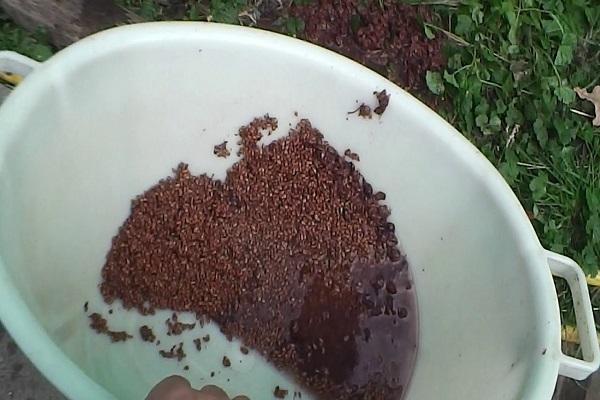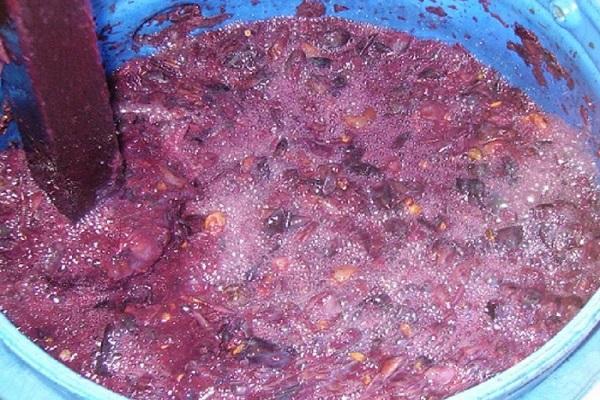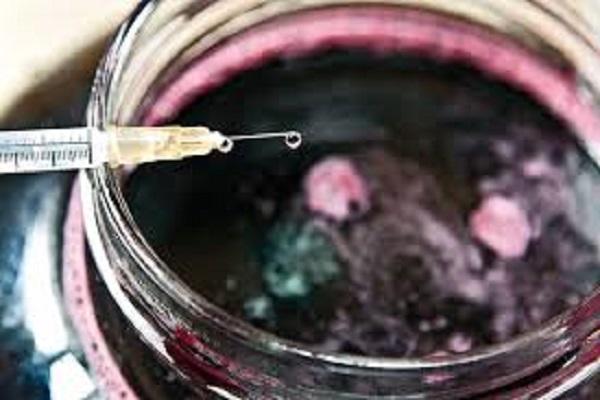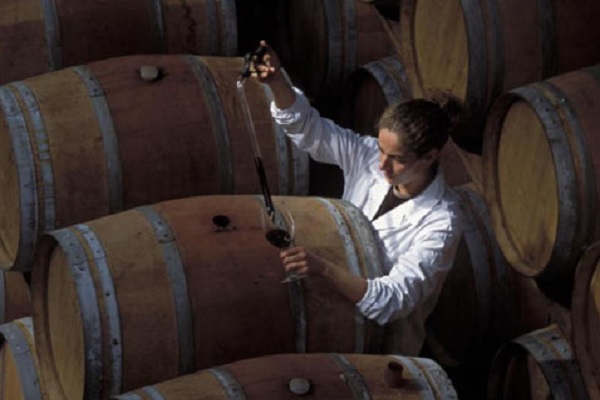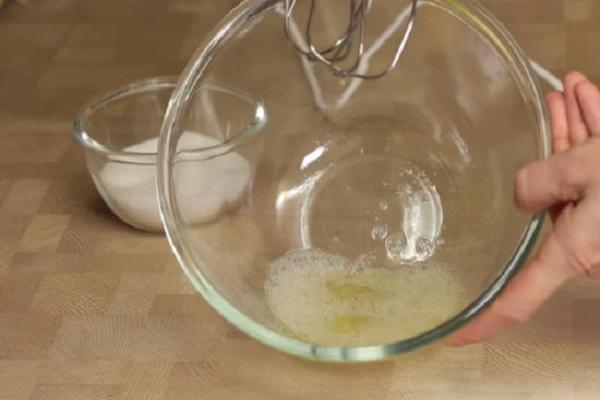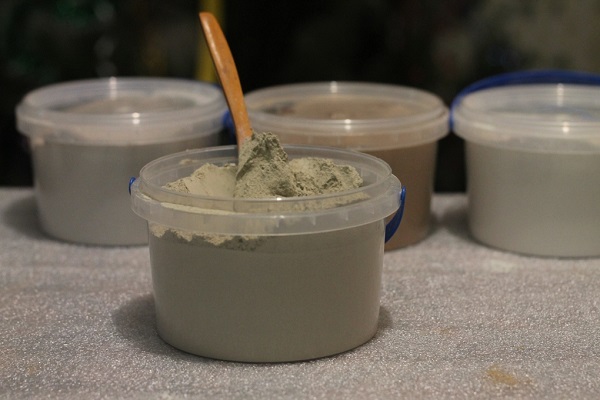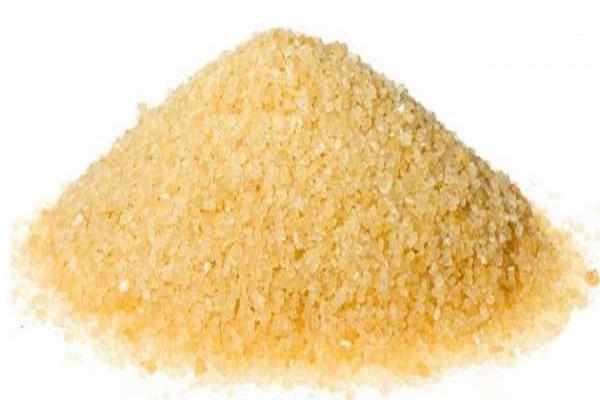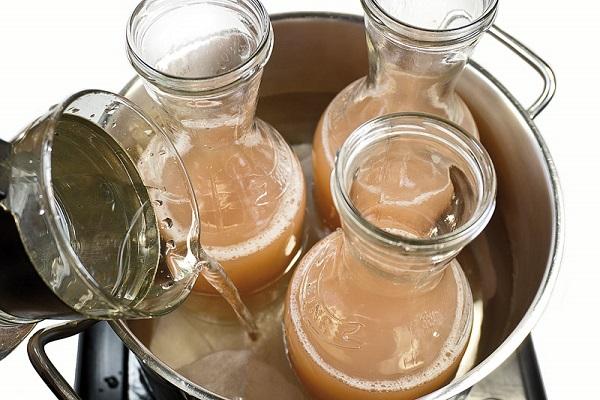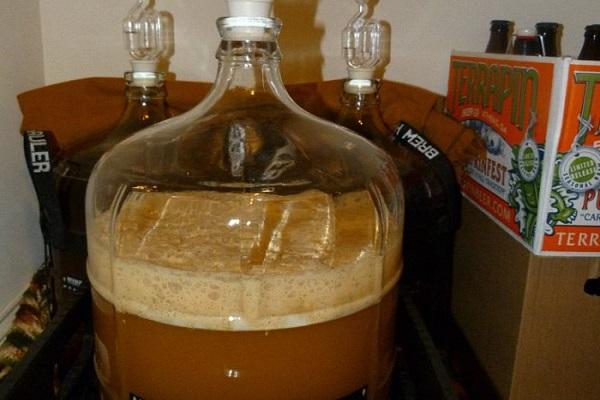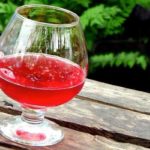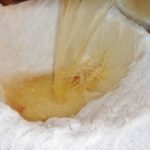Making homemade wine is a labor-intensive and time-consuming process. After six months of aging, it’s a shame to discover a bitter taste in the finished drink. But there is no need to rush to pour it out or look for a recipe for moonshine. In winemaking, there are known methods for purifying a drink at different stages of aging. To preserve the product, you need to understand the reasons why homemade wine is bitter and how you can correct the taste of the drink.
Causes of bitterness
The bitter taste occurs due to the high content of astringent substances - tannins - in wine. In normal concentrations, they help clarify the drink and add astringency. But excess tannins spoil the taste.
Sources of tannins are grape skins and fruit seeds. Most often, rancid taste is felt in wines made from dark grapes.
The taste deteriorates for several reasons: due to errors in cooking technology, spoiled raw materials and disease.
Violation of juice production technology
Tannins from crushed seeds enter the juice during the preparation of grape must. In order not to damage the integrity of the seeds, you should not crush the grapes in a food processor, meat grinder, blender, or mix them in a vat with a drill with a special attachment.
Spoiled raw materials and overexposure of wort in pulp
Before processing, grapes, apples, any fruits and berries should not be washed. Cold water washes away wild yeast from the surface of the fruit and lowers the temperature of the berries. As a result, fermentation will be sluggish and long.
Raw materials for wine must be carefully sorted and spoiled berries and fruits removed. The pulp rots even from slightly darkened grapes that are suitable for consumption.
The concentration of tannins increases with prolonged fermentation of wine with skins. The juice should not be kept in the pulp, since grape skins also contain a lot of tannins.
Overexposure on lees
During aging, a sediment consisting of decomposing yeast waste appears.
If the drink is not removed from the sediment for a long time, it absorbs the waste products of microorganisms, and the result is bitter wine.
Diseases of wine
Acetic fermentation is a disease caused by microorganisms and can be treated in the early stages of preparation. If the wine turns out bitter, it means that the beginning of their development was missed.
Young and mature varieties are equally susceptible to souring. This is a disease in which the pleasant taste quickly changes to sour, and the drink turns into vinegar. Dishes from spoiled wine cannot be reused to store homemade drinks.
The presence of a proportion of acetic acid is the norm established for different types of wine. Its excess is indicated by a pungent odor and a burning sensation in the mouth after a sip. A sign of souring is a gray film on the surface of the drink that thickens over time. At the last stage, the wine becomes covered with a pink crust. It separates and falls in parts to the bottom of the dish.
Overexposure in oak barrels
Red and white wine is aged in oak barrels. Wood also contains tannins - old wood contains less of it, young wood contains more. Aging in a young barrel helps to reveal vanilla or caramel notes. In oak containers the drink acquires a rich color.
But if the wine is kept in a young barrel, it will be abundantly saturated with tannins and bitterness. It is possible to get rid of an unpleasant taste if the spoilage is detected immediately.
How to remove bitterness from wine
Grape and fruit wines are purified in different ways, depending on the degree of bitterness. The barely noticeable aftertaste of Isabella wine is removed by adding sugar and pasteurization, which prevents fermentation. If the drink is frankly bitter, it must be cleaned of tannins or toxins using one of the following methods.
Egg white binding
Not only the traditional drink made from grapes suffers from bitterness, but also apple wine. The tannins in them are bound with the whites of fresh eggs.
A liter of drink requires 100 milligrams of whipped proteins.They are stirred in wine and left to infuse for 2-3 weeks. The drink will become cloudy, but will clear by the end of the period. The protein will precipitate along with the tannins. All you have to do is pour the wine carefully through a straw.
It is important to accurately measure the amount of protein in milligrams. Too much protein will spoil the drink. Fresh eggs can be replaced with egg powder.
Isinglass
Often, after infusing the pulp, raspberry wine tastes bitter. It is impossible to remove small seeds from the berries, and they give off bitterness. Fish glue is also used to neutralize it. The powder contains collagen. It is diluted and added to bottles. 10 liters require 500 milligrams of cleaner.
Bentonite
To get rid of bitterness after removing the pulp, the wine is clarified with bentonite clay. The natural filter is used in the food industry. Clay purifies water from toxins, so it is safe to use to remove tannins from wine.
A liter of drink requires 3 grams of powder. Bentonite should be poured with water in a ratio of 1:10 and left for 24 hours. Add water to the resulting lime until the mass becomes liquid, and pour into the wine in a thin stream. After a week, the drink must be removed from the sediment.
Bentonite and egg whites are used to clean young plum wine that has been left on the lees.
Gelatin
1 gram of powder is consumed per 10 liters. How to make the cleansing mixture:
- soak gelatin in cold water for 3 hours at the rate of 1 gram per 10 milliliters;
- drain the water and add the same amount of hot water at a temperature of 90-95 degrees, stir;
- strain through cheesecloth;
- let cool to 40 degrees;
- Stir the wine with a stick and form a funnel;
- pour gelatin solution into the center of the funnel in a thin stream;
- mix, close the container and place in a cool place.
After 15-20 days, strain the drink to remove the gelatin flakes. Gelatin is suitable for clarification of wine from apples, pears and white grapes.
Pasteurization
The method is used to restore diseased wine:
- line the bottom of a large pan with a cloth;
- place sealed glass bottles of wine inside;
- pour water into the pan up to the level of the necks;
- heat to 60 degrees;
- maintain temperature for 20 minutes.
After heating, the wine should sit for 5-7 days, then the drink should be removed from the sediment. Pasteurized wines are recommended for use in blends.
other methods
It is possible to restore a drink with vinegar bitterness at an early stage of the disease. It needs to be poured into a clean container so that the vinegar film does not get there. Then filter, add a tablespoon of activated carbon for each liter and mix. When the carbon settles to the bottom, re-clean the drink through a paper filter.
The second way to remove vinegar taste and mold is sulfur fumigation. The method is suitable for sterilizing dishes. The substance is melted, cotton wicks are dipped, set on fire and placed in an empty bottle. To fumigate vats, lighted strips of cloth or cardboard are hung over open containers so that the smoke descends into them.
Sulfur is also used in tablets of 2 and 10 grams. The must and wine absorb half of the released substance. The disadvantage of this method is the smell of hydrogen sulfide emanating from the drink. You cannot direct smoke towards wine. First, the container is filled with smoke, and then the drink is poured.
Methods for eliminating bitterness in wines stored in wooden barrels:
- at the initial stage of grief - cleansing with bentonite lime;
- in case of severe rancidity, add sugar and alcohol.
Alcohol should make up 10-15% of the volume.
Prevention measures
How to prevent bitterness:
- follow the rules for harvesting grapes - in dry weather at +20 degrees;
- To prevent tannins from getting into apple, grape or plum juice, you need to get rid of the seeds;
- It’s better to crush grapes with your hands;
- observe the terms of aging on pulp and sediment;
- thoroughly wash, dry and sterilize containers for fermenting and storing wine;
- mix grape and apple pulp so that it does not receive oxygen and does not sour;
- Close the bottle tightly with a water seal. The device must release carbon dioxide and not allow oxygen in;
- check the taste of the drink stored in oak barrels every week;
- properly prepare wood for storing wine;
- If the young wine is hopelessly spoiled, you should not throw away the drink. By secondary distillation you can make chacha or cognac from it;
- follow the storage rules - seal the bottles hermetically, place them at an angle so that the cork does not dry out;
- fill bottles to the top so that the air layer between the drink and the cork remains minimal.
A popular way to create suitable storage conditions for wine is to bury the bottles horizontally in the cellar.

